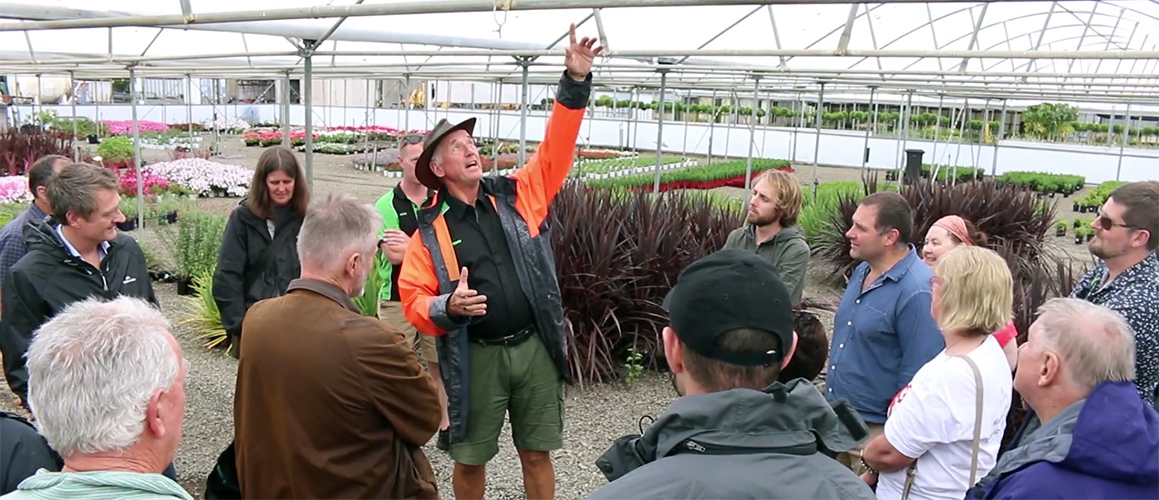
First class of Masterclass in Horticultural Business participants graduate
20 August 2018
From paddock to plate, Chris Gibbins delivers
23 August 2018Since 2011, the Tasmanian Institute of Agriculture (TIA) has operated a surveillance program to monitor for incursions of TPP in eastern Australian processing potato crops using yellow sticky traps.
Funding for that initial project was extended to June 2017, and then again to June 2018. After the discovery of TPP in Western Australia, the project scope was also broadened to include fresh potatoes and other solanaceous crops.
The phase of the project that ran from 2017 to 2018 has now submitted its final report to Hort Innovation detailing the results from these intensive surveillance efforts.
Over the period covered in the report, more than 3,000 sticky traps were sent to participants in Tasmania, Victoria, New South Wales and Queensland.
Nearly 50 per cent of these traps were returned to TIA for screening, with no TPP detections during the trapping period, supporting continued assurance of area freedom status.
While they were deployed, the traps caught more than 6,400 native psyllids. Interestingly, they also caught low numbers of potential psyllid predators – predominantly lacewings (Hemerobiidae) and ladybirds (Coccinellidae). This data provides a valuable baseline estimate of their present abundance in host crops that are free of TPP.
As well as the valuable surveillance activities, by appointing a dedicated project liaison in Raylea Rowbottom to organise an enhanced network of traps and liaise with industry and government agencies, this levy-funded project enabled a more coordinated approach to state surveillance activities which will continue to pay dividends in future.
You can read the full final report from this phase of the project on the InfoVeg database.
This post appeared in the AUSVEG Weekly Update published 14 August 2018. Subscribe to the Update using our online form to receive the latest industry news in your inbox every week!

